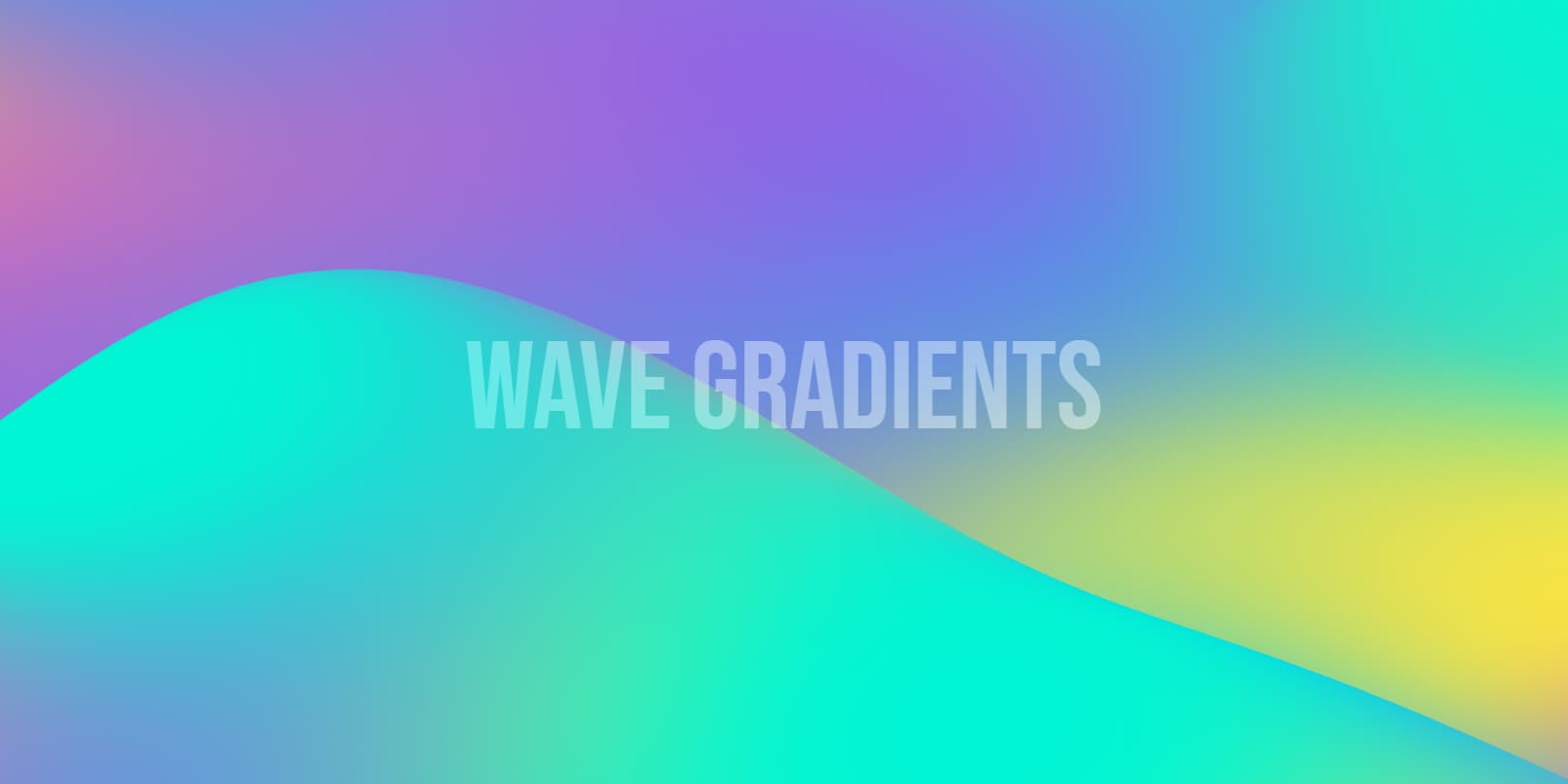stripe.com landing page style animated gradients.
npm i wave-gradientimport { WaveGradient } from "wave-gradient";
const canvasElement = document.querySelector("canvas");
try {
// Throws if it can't get a WebGL 2.0 context. For example, if the
// browser does not support it.
const gradient = new WaveGradient(canvasElement, {
colors: ["#ef008f", "#6ec3f4", "#7038ff", "#ffba27"],
fps: 30,
seed: 0,
speed: 1.25,
});
} catch (e) {
console.error(e);
}| Option | Type | Description |
|---|---|---|
| amplitude | number | Gradient waves amplitude |
| colors | string[] | Gradient color layers. Limited to 10 |
| density | [number, number] | Level of detail of the plane geometry |
| fps | number | Frames per second for rendering |
| seed | number | Seed for the noise function |
| speed | number | Speed of the gradient waves |
| time | number | Initial time of the animation |
| wireframe | boolean | Wireframe render mode |
Default: 320
Default: ["#ef008f", "#6ec3f4", "#7038ff", "#ffba27"]
Default: [0.06, 0.16]
Default: 24
Default: 0
Default: 1.25
Default: 0
Default: false
WebGL 2.0 compatible browsers.
It's a 3D scene (not really) with a plane geometry that fills the entire viewport and a vertex and fragment shaders .
- Stripe
- Kevin Hufnagl for the de-minified code
- Ashima Arts and Stefan Gustavson for the Simplex noise functions
- Jamie Owen for the GLSL shader color blending function
- huemint for the demo color palette generation
- Laurent Le Brun's Shader_Minifier
- Greggman's WebGL2 Fundamentals
- Khronos reference card
- Working with Simplex Noise by Christian Maher



